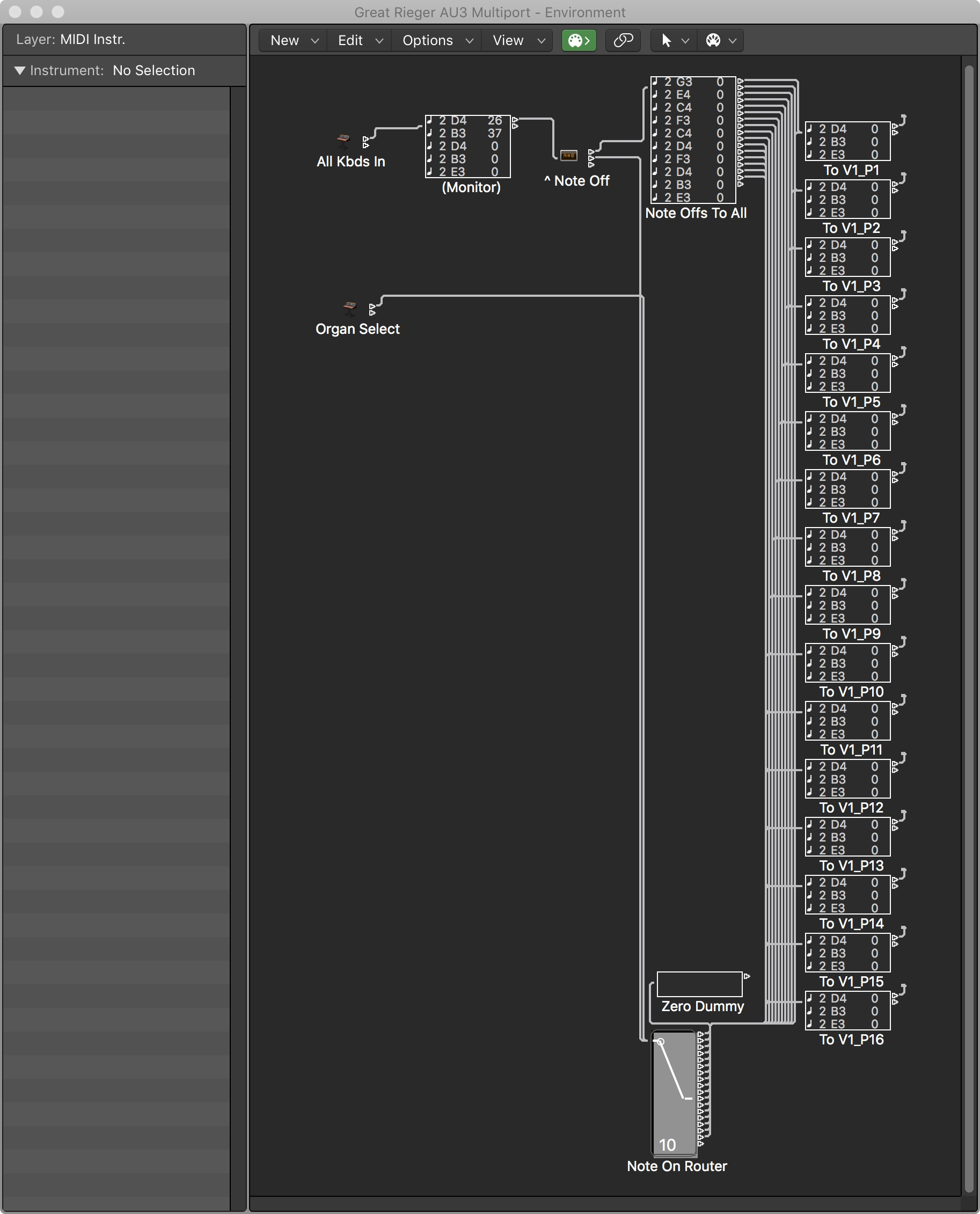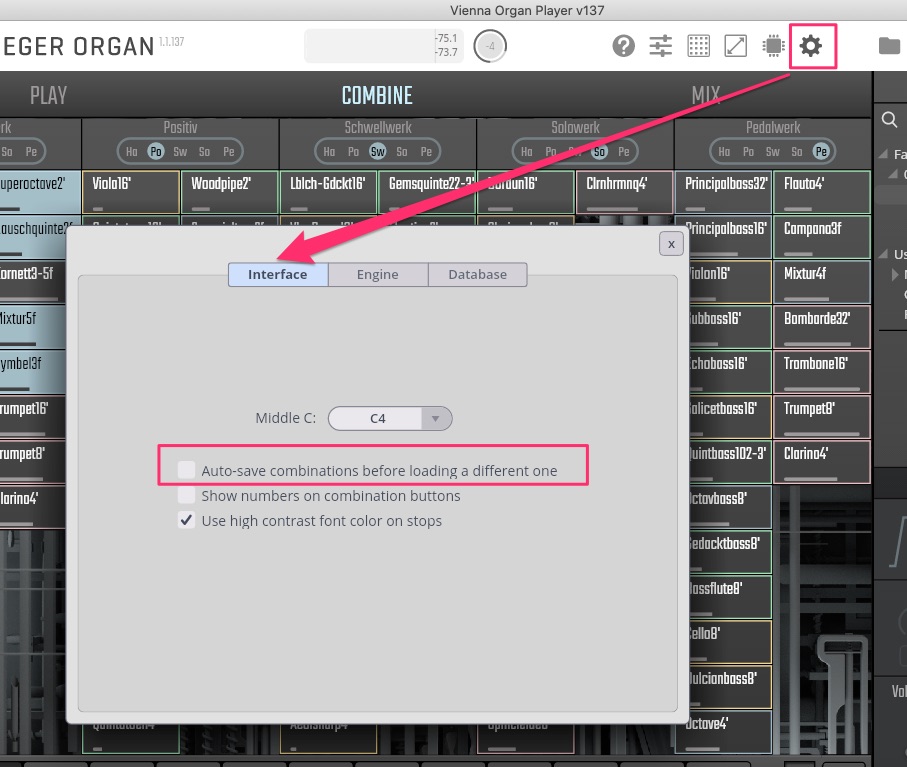Regarding velocity sensitive pipe organs:
I'm both a professional pianist and organist. I also put myself through music school as a piano technician, and I do the routine maintenance on the pipe organ at the church where I play. With that background, I have some thoughts for your consideration:
Let's think about the physics of the basic sound producing mechanisms of both the piano and organ. The pitch of the piano string is determined entirely by material (steel vs brass, etc.), length, diameter and tension. To be sure at high energy impulses into the string (high velocity) the pitch probably deviates from the norm for a few milliseconds, but for all musical purposes the strings speaks at the same pitch regardless of low or high energy/velocity impulse
Organ pipes are quite different. The technology by which the key is connected to the pipe doesn't matter (tracker, direct electric, whatever) -- even if you're using some newfangled flux-capacitor-quantum-microprocessor valve, it still boils down to how much air is going into the pipe (zero to whatever). Importantly, organ pipes vary in pitch depending on the wind pressure -- this is true for the flues (most of the pipes) and triply so for the reeds. Organ builders go to great lengths to regulate the air pressure, with mechanisms to manage sudden demand (big chord at full organ) so the pitch doesn't drop.
In short, the physics of a piano string (or strings in general) lends itself to velocity variations, but real world organ pipes do not.
Furthermore, the keyboards of pianos and organs are physically similar, but the issues of playing them and consequently effective technique for playing are quite different. For example, because there is no damper pedal on the organ, legato has to be accomplished by fingers alone. This results in a quite different approach to playing -- 3 passing over 4, 3 over 2, and 4 over 5 are common on organ and rare on piano, for example.
Finally -- it's worth mentioning latency. When I play a piano patch with latency much more than about 5 ms or so, it drives me crazy because that's not how real pianos behave. But with pipe organs it's common to deal with rather large latencies: sound travels approx 1 foot/ms (.3 meter/ms) so in a 20 meter room (not that large) with the console in the back and the pipes in the front your looking at 60ms (!) of latency. So large latencies with organ samples feel natural to me, but drive me absolutely crazy with piano samples. I've been in organ performance situations like this where I'm watching the conductor (speed of light), and I hear myself an 8th note behind what my fingers are doing. That's just part of learning to play pipe organs, and yet another way that pianos and organs are very different beasts!
So, if we're dealing with samples, there's no reason why you couldn't have a velocity sensitive organ sample. (Load one up in Kontakt!) It would feel as weird to me personally as a non-velocity sensitive piano. But you'd venturing more into the realm of synthesizers than trying to reproduce real instruments. Which is fine, if that's what you want to do!

